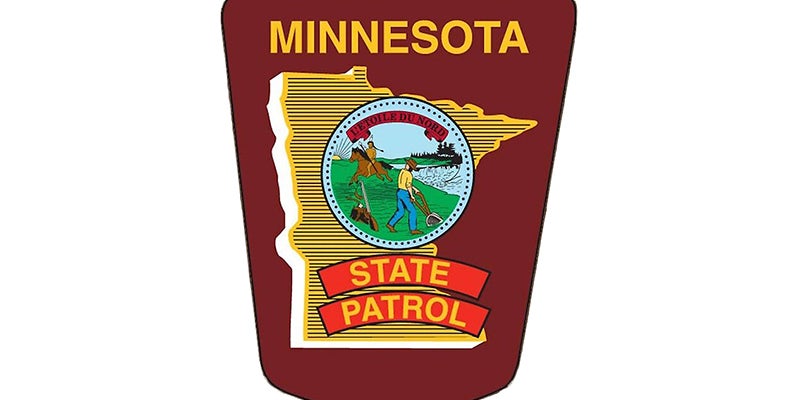Klobuchar: We need a commitment to broadband
Published 10:01 am Sunday, December 6, 2015
By Amy Klobuchar
U.S. Senator
Technology is reshaping the ways we live, work, play and communicate. The Internet is connecting communities and creating opportunities we couldn’t have imagined even a few decades ago. Today, you don’t need to live off an interstate highway or in a major city to find a good job, launch a new business or take college classes.
But without a reliable high-speed internet connection, your options can be limited. In the 1930s, our country brought electricity and telephone service to communities from coast to coast. In order to compete in today’s global economy, we need to make that same commitment to connecting all Minnesotans with high-speed broadband Internet.
I have seen firsthand the benefits that broadband has delivered, as well as the challenges faced by communities where broadband hasn’t reached. I recently had the opportunity to visit Pine Technical and Community College in Pine County and learn that the school has expanded the number of hours each day the computer lab is open. Why? Because most students have no option except a slow dial-up connection at home, making online research very hard — especially for students facing midterm deadlines.
Students aren’t the only ones facing challenges. Haug Implement, a farm equipment company in Willmar, flies its equipment over farmers’ fields to capture aerial imagery, which provides farmers with images they use to make decisions about how to improve their crops. When those farmers can’t download this information efficiently, it limits Haug’s ability to grow its business. Haug employees told me they often encourage their customers to bring their laptops to the closest restaurant or coffee shop, because many farmers don’t have access to a reliable Internet connection at home. Our farmers shouldn’t have to order a hamburger to meet the demands of their businesses.
In communities that have prioritized investments in broadband, we’re seeing life-changing results. Essentia Clinics in Virginia and Aurora have begun connecting patients with health services through the Internet, and instead of spending hours traveling by car, people who need to see a doctor can head to the local clinic and, with the click of a mouse, find themselves face-to-face with specialists from around the state. From delivering behavioral healthservices to providing specialized kidney treatments, health care professionals on the Iron Range are leveraging new technology and high-speed internet to improve their patients’ lives.
These examples illustrate the stark “digital divide” we’ve seen emerge in Minnesota across the country. While 97 percent of Anoka County homes enjoy access to high-speed Internet, less than one percent of the homes further north in Aitkin County have the same broadband access.
There are commonsense ways we can increase broadband access. The first is with funding. The federal government recently awarded more than $85 million to Minnesota for rural broadband deployment. This will help connect more than 170,000 Minnesota homes and businesses to high-speed internet.
Second, I am leading a bipartisan effort with Sen. John Thune, R-South Dakota, in calling on the Federal Communications Commission to modernize its support for rural broadband services to better fit the needs of consumers. Currently, support is tied to traditional telephone service. This means consumers with a package of telephone and broadband service can receive support, but those with standalone broadband subscriptions are not eligible.
These outdated rules create a needless link between customers signing up for services they may not want, or need, and broadband deployment. Thune and I have been calling on the FCC to update these rules, including leading a bipartisan letter this spring urging the FCC to ensure rural consumers can have access to affordable broadband services without being compelled to purchase other services.
Minnesota has a strong


